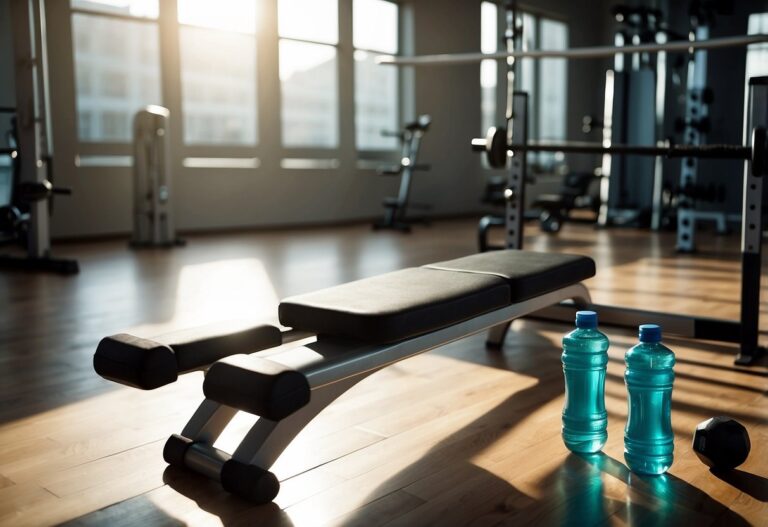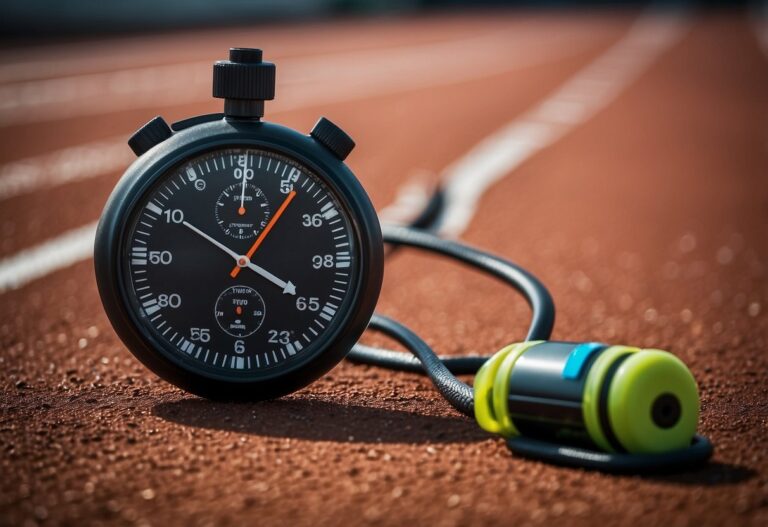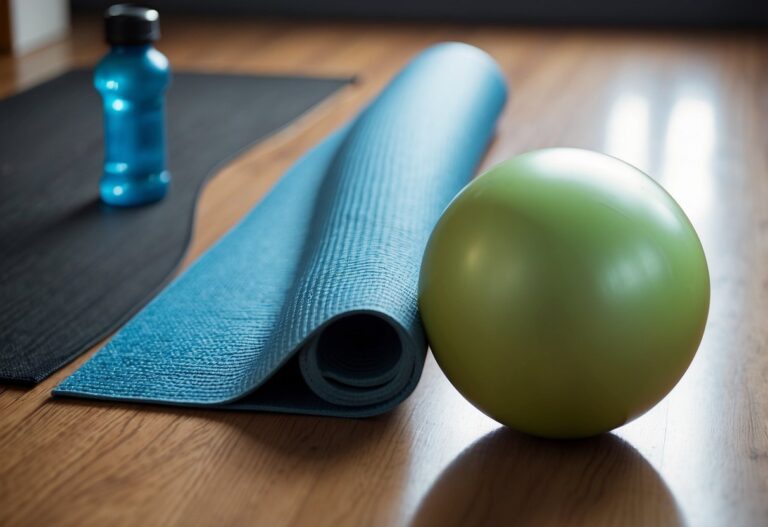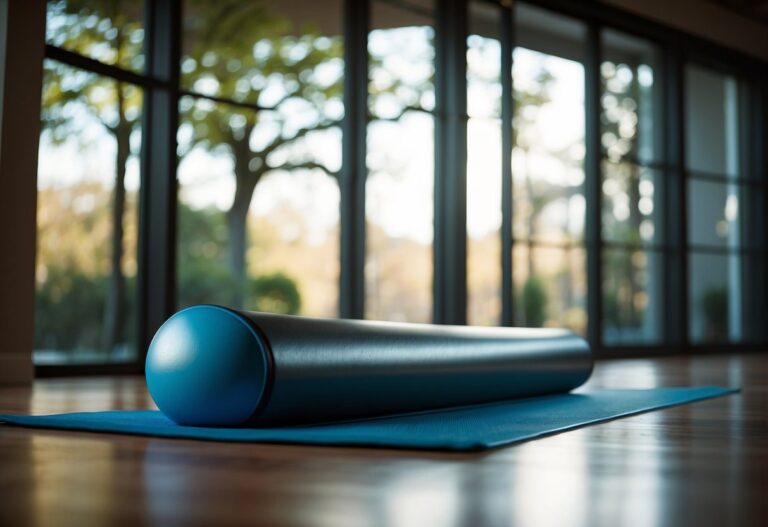Jump rope is a popular cardio and conditioning exercise. Many wonder: should the rope touch the ground or should your feet clear it?
While seemingly simple, there are technical aspects to consider for an effective workout.
Mastering these details can enhance your routine significantly.
Let’s look at the best practices for jumping rope.
Is It Okay for My Jump Rope to Hit the Ground?
When using a jump rope, it’s generally advised for the rope to touch the ground.
This contact can offer valuable feedback on your form and timing.
However, be cautious not to let the rope drag too much – this can affect speed and wear down the rope quickly.
Ideally, aim for the rope to hit the ground just a few inches ahead of your feet.
1. The Sound of the Rope Provides Key Feedback
Personally, I’d recommend that your jump rope makes contact with the ground.
While some may skip this step and still maintain a strong technique, the “tick” sound upon contact can offer valuable insights into your form, particularly hand placement.
If you do not hear this sound, your hands might be positioned too high, leading to potential foot mishaps or shoulder strain.
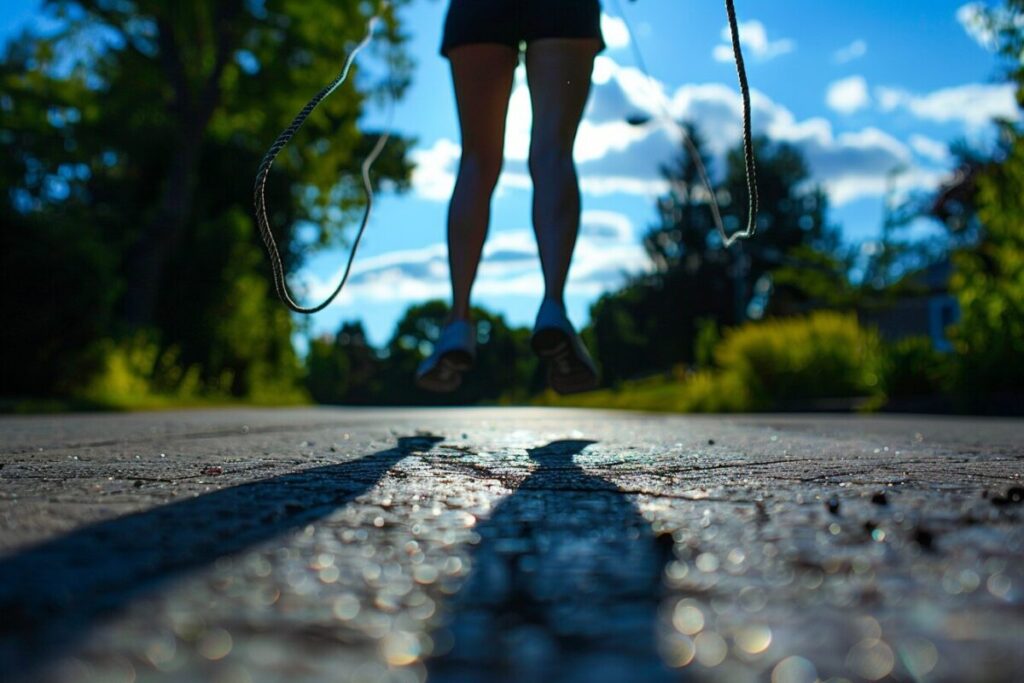
On the other hand, if your hands are too low, you risk the rope dragging instead of tapping the ground.
Ensuring the correct rope length is also crucial for an effective workout.
Ultimately, whether the rope touches the ground or not is a personal choice, but leveraging the feedback from ground contact can enhance your performance.
2. Avoid Dragging the Rope
I’d guess that when most people first started learning to jump rope, usually as a child, go through the ‘slap and drag’ phase.
This means the rope hits the ground in front of them, and they then drag it underneath as they jump.
However, this approach causes the rope to slow down and hinders your rhythm.
As part of the learning process, and as my technique has evolved, now I smoothly achieve at least 2.5 revolutions per second.
It’s crucial to avoid the ‘slap and drag’ method as it compromises the speed and effectiveness of your workout.
Additionally, jumping rope on a soft surface can prolong the durability of your rope and lessen the impact on your joints. It’s best to steer clear of concrete surfaces.
Overall, despite the various techniques people use, dragging the rope should be avoided for optimal results.
3. What Is the Ideal Distance for Your Jump Rope to Touch the Ground Ahead of You?

When it comes to jump rope technique, where the rope hits the ground matters.
In the past, my rope used to land too far in front of me, about 6-8 inches, which indicated that my rope was too long.
Ideally, the rope should touch down much closer to you, around 1-2 inches in front of your feet.
This ensures better speed and rhythm, keeping your feet barely off the ground.
Some suggest the rope should meet the ground directly below your feet, but this can make you jump higher than necessary.
By aiming for a shorter distance in front of you, preferably 1-2 inches, your rhythm and pace remain steady, reducing the risk of tripping over the rope.
4. Increased Speed: Avoiding Ground Contact
Some jump ropers choose never to let the rope touch the ground. This can be useful for specific workouts, like double-unders.
While some prefer to hear the rope tick before their feet touch down, it ultimately comes down to personal preference.
For single bound jump rope, I like the rope to tick a couple of inches ahead. When I speed up or do double-unders, I prefer the rope to clear the ground completely.
Following this technique can improve your form and rhythm, allowing you to jump rope at your desired speed.
If you’re having trouble with any of these aspects, consider adopting the approaches mentioned here.
Closing Thoughts
It’s clear that my preferred technique involves letting the jump rope touch the ground, providing feedback on speed and rhythm.
Make sure the rope hits in front of you by just an inch or two. The only exception is during speed-focused workouts like double-unders.



